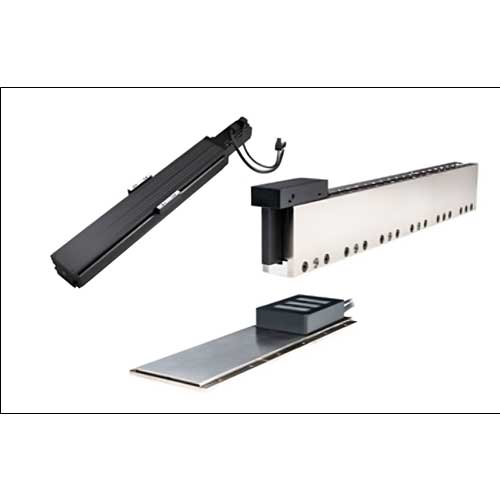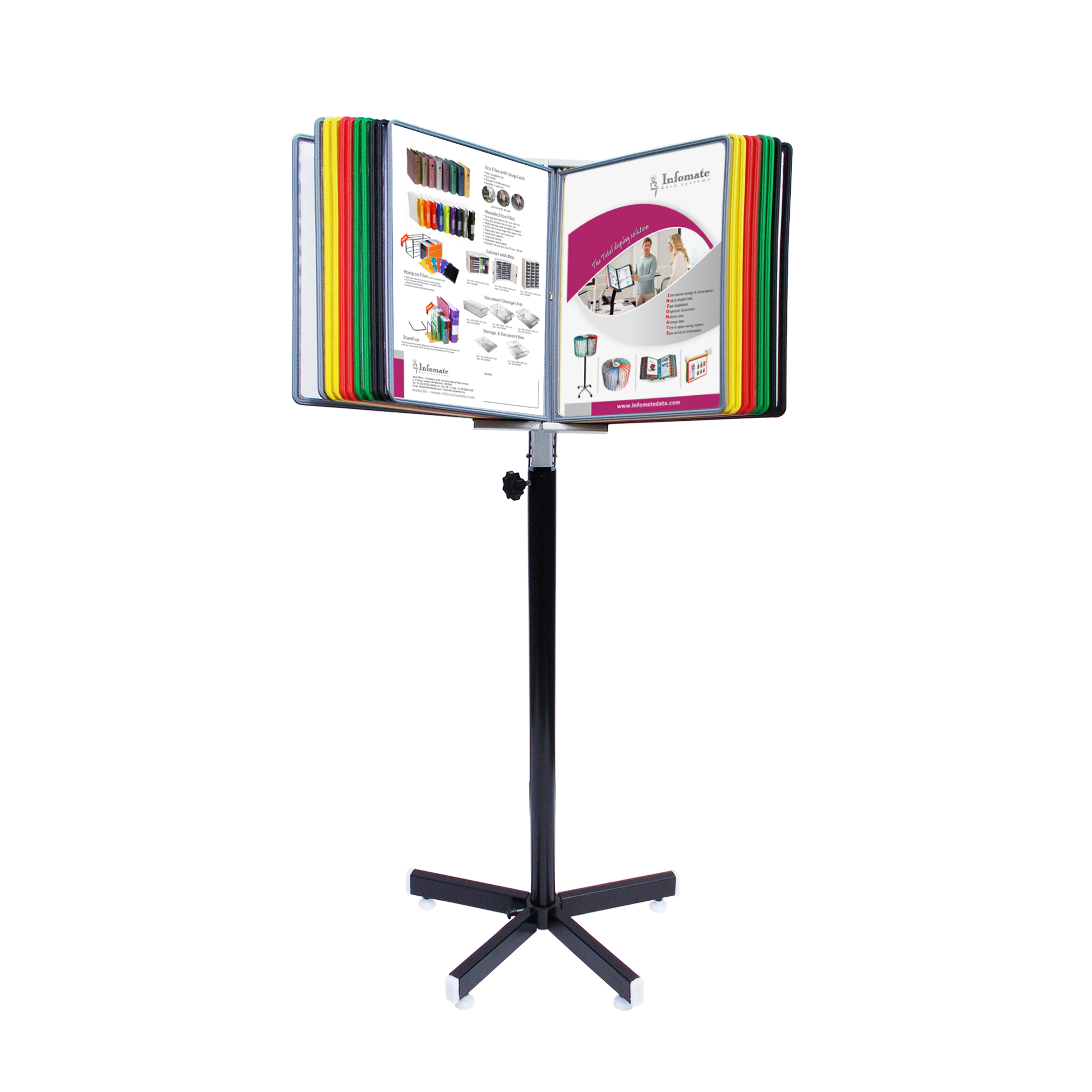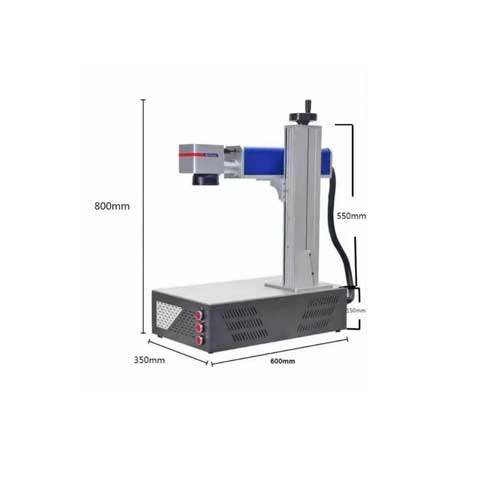Schedule a Call Back
Kistler Announces Flight Test Accelerometer Technology Offerings
 Industry News
Industry News- Jul 18,12

Kistler, a worldwide supplier of precision sensors, systems and instrumentation for the dynamic measurement of pressure, force, torque and acceleration, has announced the availability of its piezoelectric and variable capacitive sensing technologies for flight test requirements, including in-flight structural analysis; flight test simulator qualification testing; aircraft bay and equipment monitoring; weapons and stores testing; landing gear evaluation and simulated drop testing; and aircraft flutter testing.
For flight test simulator testing, Kistler K-Beam? MEMS variable capacitance accelerometers are mounted under the pilot seat to determine a simulator's vibration power spectrum density, with the goal of precisely matching the actual vibration characteristics of the aircraft to be simulated. After simulator commissioning, the same transducers are used to provide real-time data on the actual g-levels experienced by the pilot. If accelerometer data indicates that training limits are exceeded, the system shuts down automatically, providing an added safeguard.
The Kistler K-Beam family is offered in ranges from ?2 g to ?200 g and with frequency response from DC to 1000 Hz (5%). These compact, lightweight accelerometers are available in either single axis (Type 8315) or triaxial (Type 8395A) versions. They incorporate a MEMS variable capacitance sensing element, consisting of a small inertial mass and flexure element sandwiched between two electrodes. As the mass deflects under acceleration, the capacitance between the sensing element and electrodes changes, which is then converted to a proportional voltage by its internal analog signal conditioner. All sensors offer excellent thermal stability and reliability over an operating temperature range of -55?C to +125?C, with 6,000 g pk shock survivability. Type 8315 features a 25.4mm footprint and is powered by a single wide range supply between +6 and +50 VDC, with three different housing (AC, TA, TB) options, which determine available output signal formats. The AC option features lightweight, hard anodized aluminium housings with environmental sealing, integral ground isolation, epoxy seal and integral PVC cable, with a maximum operating temperature of +85?C. TA and TB options are offered with the same output signal formats as the AC version, yet include a temperature output if external compensation is desired.
The Type 8395A triaxial version is designed to simultaneously measure acceleration and low-frequency vibration in three orthogonal axes (x, y and z), within a compact 21.6mm cube footprint. The output format of the Type 8395A is bipolar at 0?4V and provides a high-sensitivity, low-noise signal, compatible with a variety of data acquisition devices. Sensing elements and integral electronics are housed within a lightweight, welded titanium housing with a specially designed, miniature circular 9-pin connector, for a fully hermetic design. It is powered by a single wide range +6 and +50 VDC supply. In the event that external temperature compensation is desired, a temperature output is provided, in addition to output signals. Ground isolation is obtained by mounting the sensor using off-ground accessories or by adhesive mounting to the test object using the side of the sensor with the integral hard anodized plate. Further, K-Beam accelerometers are also actively used to support high-precision, low-frequency aircraft surface control flutter testing; aircraft vehicle motion studies; and low-level structural analysis of wings, ailerons and other critical structures.
Also frequently specified for flight test, and particularly, the modal and structural analysis of aircraft wings and fuselages, are Kistler Type 8766A lightweight, miniature triaxial PiezoStar? accelerometers. Available in ranges of ?50 g, ?250 g and ?500 g, Type 8766A accelerometers offer simultaneous shock and vibration measurements in three orthogonal axes with exceptional thermal stability and performance, making them ideal for the structural analysis of smaller components or subsystems, full aerospace vehicle testing, NVH, or other environments, where lowest possible mass with highest possible frequency response may be required. PiezoStar technology is ideal for flight test and provides high accuracy with dynamic operational temperatures.
The low-noise, hermetic Type 8766A incorporates Kistler's own proprietary PiezoStar shear element crystal technology, combined with high-gain internal hybrid microelectronics, for a sensor that can reliably operate over a wide dynamic frequency range, yet offer low sensitivity deviations over its operating temperature range with low base strain errors. The PiezoStar sensing elements of the Kistler Type 8766A are housed within a 10.9mm welded, hermetically sealed, low-mass titanium housing weighing less than 4.3 grams, with a M4.5 mini four-pin connector for aviation and space applications. For high-temperature applications, a +165?C version is available, as well as optional TEDS capabilities for larger channel count measurements. The Type 8766A also includes a ?50 g triaxial version, weighing 16 grams and occupying a 16.5mm footprint with hermetically sealed titanium housing. Several mounting accessories are available for ease of installation within space constrained environments. Also available is a miniature triaxial version, the Type 8765A, with a 20 mV/g sensitivity and ?250 g measurement range. These units offer a low-impedance voltage output, ultra-low temperature sensitivity, and high-temperature operation to +166?C, with hermetic sealing, low base strain sensitivity, centre bolt mounting for 360? cable orientation, and a specially designed, miniature 4-pin connector. They are often specified for flight test shock and vibration measurements in three orthogonal axes during large-scale aircraft and missile testing.
Also for aircraft flight test modal and structural analysis, Kistler offers its Type 8794 K-Shear? triaxial IEPE (voltage mode) accelerometers with ?500 g measurement range. These sensors offer a low-profile design and quartz shear accuracy and stability, along with low-impedance output, low-profile design, and hermetic sealing for use in harsh environments. They are also available with optional TEDS capabilities. Variants of these sensors were used in the F-22 flight test program, with the accelerometers mounted in equipment bays, on wings and throughout the aircraft fuselage for structural analysis.
For the effective measurement of the high-impact, short-duration impulse shock and vibration inputs that are most typical of aircraft landing gear assemblies, as well as within simulated landing gear drop testing environments, the Kistler Type 8742A K-Shear, a family of high-resolution, high resonant frequency IEPE voltage mode shock accelerometers, are often specified. Available in four unique measurement ranges from ?5,000 g to ?50,000 g, these sensors offer a low-profile design, quartz shear accuracy and stability, low-impedance output and transverse sensitivity, wide bandwidth and hermetic sealing for use in harsh environments. The special K-Shear piezoelectric sensing element allows for a high resonance frequency of over 100 kHz, ensuring the measurement accuracy of high-speed events with minimal zero shift after shock and the virtual elimination of internal amplifier saturation. In addition, a rugged connector allows for repeated sensor re-use. Units are also available with optional ground isolation.
Kistler Instruments (India) Pvt Ltd. Email: sales.in@kistler.com
Related Products

Linear Motion Solutions
Delta Electronics India Private Limited offers a wide range of linear motion solutions

Total Display Solution
Roto
Leaner Technology Pvt Ltd offers a wide range of total display solution.

Uv, Fiber, Co2 Laser Processing Systems
C And C Laser Engineering Pvt. Ltd. provides flexible, cost effective and low maintenance CO2, IR – Fiber/Diode-pumped, GR & UV marking & other pro Read more














